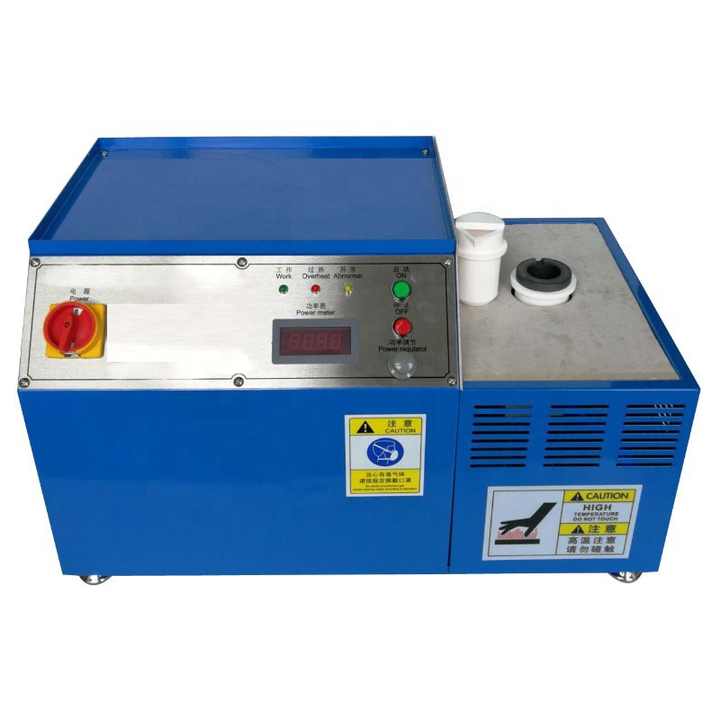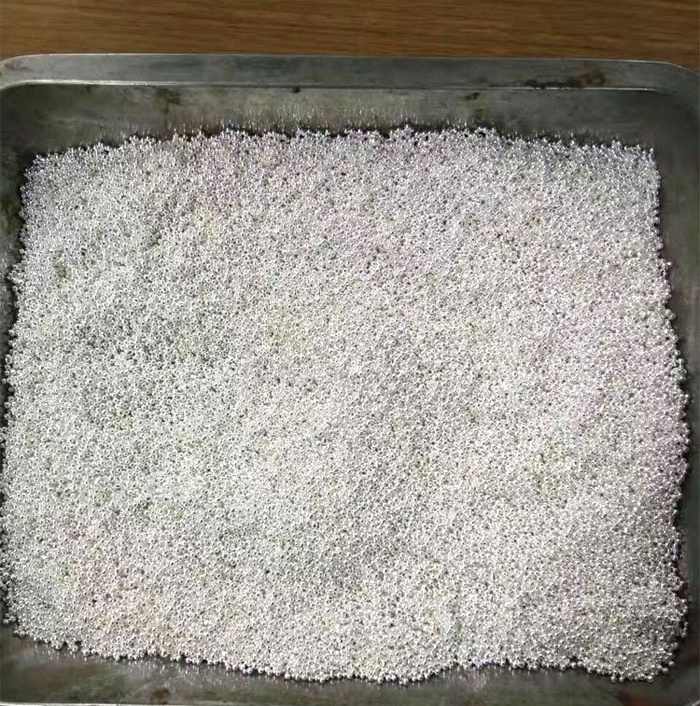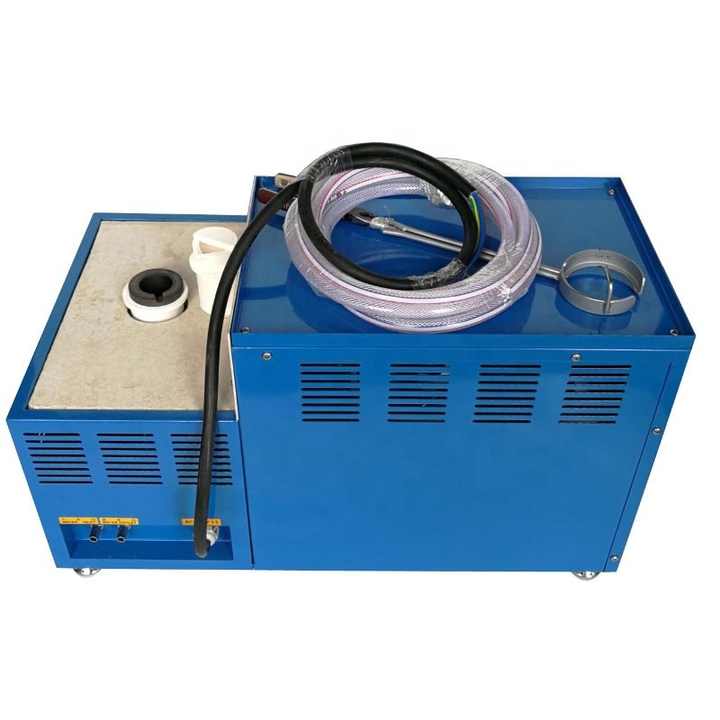refining sterling silver



Refining Sterling Silver A Comprehensive Guide
Sterling silver is a popular metal known for its beauty and versatility, but like all precious metals, it often requires refining to remove impurities. Refining sterling silver involves a series of processes that purify the metal, enhancing its value and quality. In this article, we explore the methods, importance, and benefits of refining sterling silver, as well as its role in various industries.
What Does Refining Sterling Silver Mean?
The process of refining sterling silver involves separating pure silver from other metals or impurities. Sterling silver is an alloy composed of 92.5% pure silver and 7.5% other metals, usually copper. While sterling silver is already high in purity, refining sterling silver can further remove any residual impurities, ensuring that the metal is of the highest quality for use in jewelry, coins, or industrial applications.

Methods of Refining Sterling Silver
There are several methods used for refining sterling silver, each with its own benefits and challenges. These techniques ensure that the refined silver is suitable for crafting or industrial use.
Chemical Refining Process
One common method for refining sterling silver is the chemical refining process. This technique uses strong acids, such as nitric acid, to dissolve the metals in the alloy, leaving behind pure silver. The silver is then precipitated out of the solution and collected. This process is highly effective and widely used because it can remove even trace amounts of impurities.
Electrolytic Refining
Electrolytic refining is another popular method for refining sterling silver. In this process, an electric current is passed through a solution containing silver. The impure silver acts as an anode, and pure silver is deposited onto a cathode. As the current flows, the impurities are separated from the silver, leaving behind a higher level of purity. This method is particularly useful for large-scale operations due to its precision and efficiency.
Why Refining Sterling Silver Is Important
Refining sterling silver is essential for improving the metal’s quality and enhancing its properties. Whether for jewelry making, industrial purposes, or investment, pure sterling silver is more desirable because of its improved durability and appearance. For jewelers, refining sterling silver ensures that the final products are free from blemishes and tarnish, making the metal more attractive to buyers.
Moreover, refining sterling silver is important in industries that require high levels of purity, such as electronics and medical devices. Even small impurities in silver can affect the performance of components, so refining the metal ensures reliability and efficiency in these applications.
Environmental Benefits of Refining Sterling Silver
In addition to improving quality, refining sterling silver has environmental benefits. By refining and recycling silver, less mining is required to meet the demand for the metal. This helps reduce the environmental impact of silver extraction, including the disruption of ecosystems and the energy-intensive processes involved in mining.
Applications of Refined Sterling Silver
Refining sterling silver is critical to several industries that rely on this metal for various applications. Some of the most common uses for refined sterling silver include:
Jewelry Making
One of the largest markets for refined sterling silver is the jewelry industry. Sterling silver is prized for its luster and durability, making it a popular choice for rings, necklaces, bracelets, and other accessories. Refining sterling silver ensures that the metal used in these products is free from impurities, resulting in high-quality, long-lasting pieces that retain their beauty over time.
Coin Minting
Refining sterling silver is also essential in the minting of coins. Pure silver coins, as well as silver alloys like sterling silver, are used by governments and collectors alike. Refined silver ensures that the coins have the desired appearance and durability, making them more valuable for collectors and investors.
Industrial and Technological Applications
Silver is a critical component in various industrial and technological applications due to its superior electrical conductivity and corrosion resistance. Industries such as electronics, solar energy, and medical devices use refined sterling silver in components that require precision and reliability. Refining sterling silver guarantees that the metal meets the stringent standards required for these applications, ensuring performance and durability.
The Refining Process: Step by Step
Understanding how refining sterling silver works on a practical level can provide insight into its importance. The process typically involves several key steps:
- Collection of the Silver Alloy: The refining process begins with the collection of sterling silver items or scrap. These may include jewelry, industrial parts, or coins that no longer meet purity requirements.
- Melting the Silver: The alloy is melted down to separate it from other materials and prepare it for further refining.
- Chemical or Electrolytic Refining: Depending on the chosen method, the silver is either subjected to chemical treatment or electrolysis to remove impurities and other metals.
- Recasting and Finishing: After the impurities are removed, the purified sterling silver is recast into bars, ingots, or other forms and polished to meet specific standards of purity.
The Future of Refining Sterling Silver
As technology continues to advance, the methods for refining sterling silver are likely to become even more efficient and environmentally friendly. There is growing interest in developing refining processes that use fewer chemicals and generate less waste, making silver refining more sustainable. Additionally, with the increasing demand for silver in industries such as renewable energy, refining sterling silver will remain an essential process for meeting global needs.
Refining sterling silver is a vital process for improving the quality, appearance, and usability of this valuable metal. From jewelry to industrial applications, the need for pure sterling silver is widespread. Understanding the methods and benefits of refining sterling silver allows us to appreciate the craftsmanship and technology involved in producing high-quality silver products. As demand for silver grows, so too will the importance of refining techniques that ensure the metal is of the highest possible standard.















